
Lessons from the Rise of Women’s Labor Force Participation in Japan
Recommendation
Economists Jay Shambaugh, Ryan Nunn and Becca Portman analyze what spurs women to join and remain in the workforce. As public policy has raised Japan’s employment rate for women, the authors make a robust case for similar measures that might help address the US’s declining rate of female labor participation. While the study does not delve into the cultural forces that sway women’s job decisions, getAbstract believes that it nonetheless adds notably to the field of gender economics and recommends its expert findings to policy makers and executives.
Summary
About the Authors
Jay Shambaugh is a senior fellow in economic studies at the Brookings Institution, where Ryan Nunn is a fellow and Becca Portman is a senior research assistant.




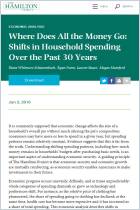
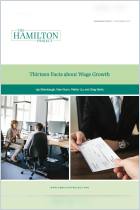
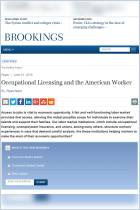
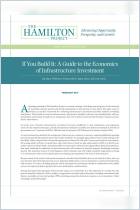
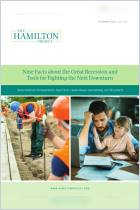

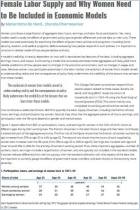
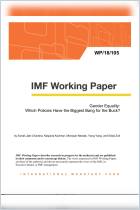
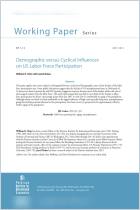
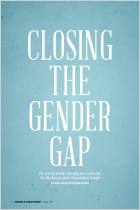
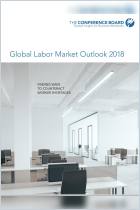




Comment on this summary